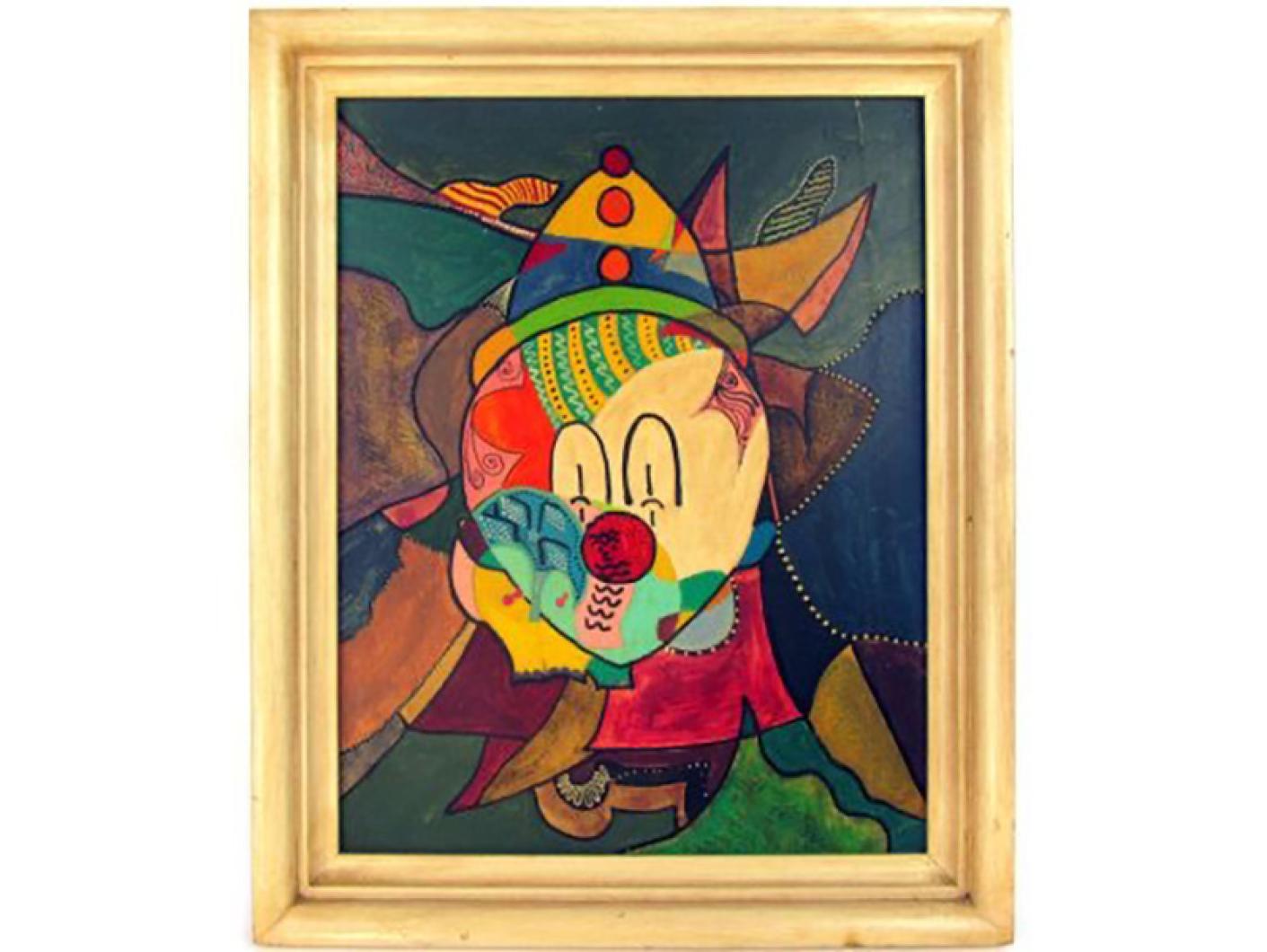Thanks to technology, there are many more avenues for communication today. But beware. Around any virtual corner may lurk intrigue or humiliation. Sometimes you can bump into a ghost from your past that began before personal computers got personal, back when the information highway was just a dirt road between a library and a newsstand.
This is the tale of a lost art.
When Picasso was a teenager, he was on the threshold of his Blue Period. When I was a teenager, I was dawdling in the driveway of my Picasso Period. I dabbled in art, thought of it as a possible career. I took classes in life-drawing, learned perspective and style, even editorialized with a few cartoons for my high school newspaper.
What I really learned is that I could definitely draw. I could understand creativity with pencil, pen, ink, charcoal. However, painting was a whole other issue. When it came to color, I didn’t have taste, I had gluttony. Why focus on what color goes with what color when you can be an equal opportunity abuser? I don’t really have an eye. My wife will verify that flaw, given the look on her face when I dress myself without her guidance.
But I persisted. I even tried my hand at cubism and painted an abstract circus scene. A close examination of the Technicolor shards revealed a clown’s face, a baby elephant and a big-top tent. I then had it framed and presented to my aunt and uncle on their wedding anniversary. They honored their 16-year-old nephew by hanging the work on their wall, the wall on the stairway leading down to the rec room. The painting was something that caught your eye as you made your way to and from the poker and ping-pong tables. It hung there for more than 50 years. It was nice of them to display it.
The older I got, every time I passed it, I saw the error of my ways. My choice of colors made me wince. I wanted to redo it or toss it. Eventually I resigned myself: every artist must feel this way at some time. This then became: every artist must feel this way before moving on to another profession.
When my aunt and uncle died a few years ago, their sons decided to sell the house and everything in it. The house was a split-level ranch built of what my family called “blonde” bricks, indigenous to the rising residential neighborhoods of sunny Denver in the 1950s. The house after a half-century had not only yellowed with age but also with irrelevance.
My younger cousin took charge of dispensing with his family legacy. “Who would want any of this?” he announced after the fact. “Their friends are gone and so is everyone from their generation of the family. This is all from the Fifties, the fixtures from an Ozzie and Harriet house. It’s all goods from a time warp. Stuff for a flea market.”
What I didn’t know at the time was that, courtesy of my cousins, a company came through the house, took all the artwork and several furniture pieces and sold them or gave them to an online flea market of sorts. The next thing I know, I hear from a friend far away who sends me a link to Etsy, a virtual global emporium of handcrafted jetsam and vintage flotsam.
“Hey!,” he announced, “are you aware there’s some guy with your name who does clown paintings?”
Say what?
I opened the link and there to my astonishment is a photo of my teenage attempt at cubism, complete with frame, credited now less: “Cubist Clown & Elephant by Arnie Reisman.”
There it was, my amateur status solidified on social media. What’s more, it’s for sale for only $99. For a would-be artist, this is tantamount to pouring salt in a wound. Not only is it neophyte, it’s cheap.
My younger cousin’s response when I call: “You mean you wanted that? Did you tell my brother? He’s the one who found the company that took it all.”
I can’t admit to wanting the painting, but I can’t stop marveling at how it got on the internet for sale so many years later. And credited, no less. Since you can’t see a signature, my cousins and I surmise that I must have signed the back of the gift.
At such a cheap price, why would anyone want it? From time to time I check Etsy and it’s still there and it’s still $99. Should I buy it? What for? To display an embarrassment? Then one day I check and see it’s gone, sold: “item no longer available.”
Did the colors match someone’s drapes? Was someone amassing a clown collection for a nursery or rumpus room?
Imagine the provenances behind other items of merchandise available at online marketplaces. What’s next? Will some friend send me the link to the prototype for the beaded belt I made in Junior Achievement when I was 15? The original I designed for my father, spelling out his name on the back with special beads – IRV – in indigo, chartreuse and magenta.
If you see it, don’t tell me.
Arnie Reisman and his wife, Paula Lyons, regularly appear on the weekly NPR comedy quiz show, Says You! He also writes for the Huffington Post.




Comments (1)
Comments
Comment policy »